
Urban Branding- Approaches and Strategies
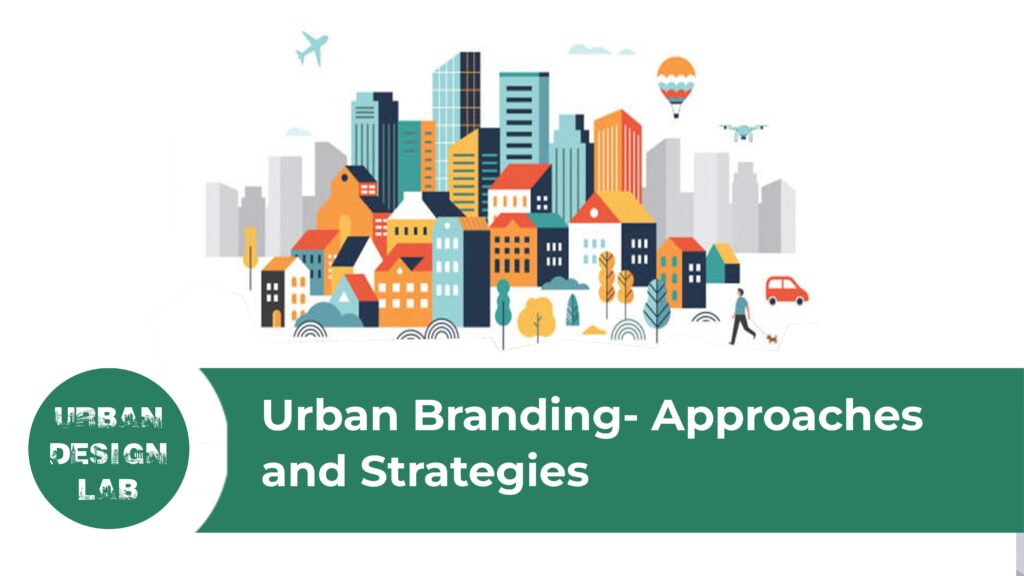
Urban branding: Selling the city- A tagline
‘What happens in Vegas, stays in Vegas, ‘Living the American Dream, ‘God’s Own Country. These are a few phrases we are familiar with in the course of our day-to-day life. With its origin attached to a location, it takes the role of giving the same identity that people can relate to. The same can be classified under the umbrella of ‘Urban Branding’.
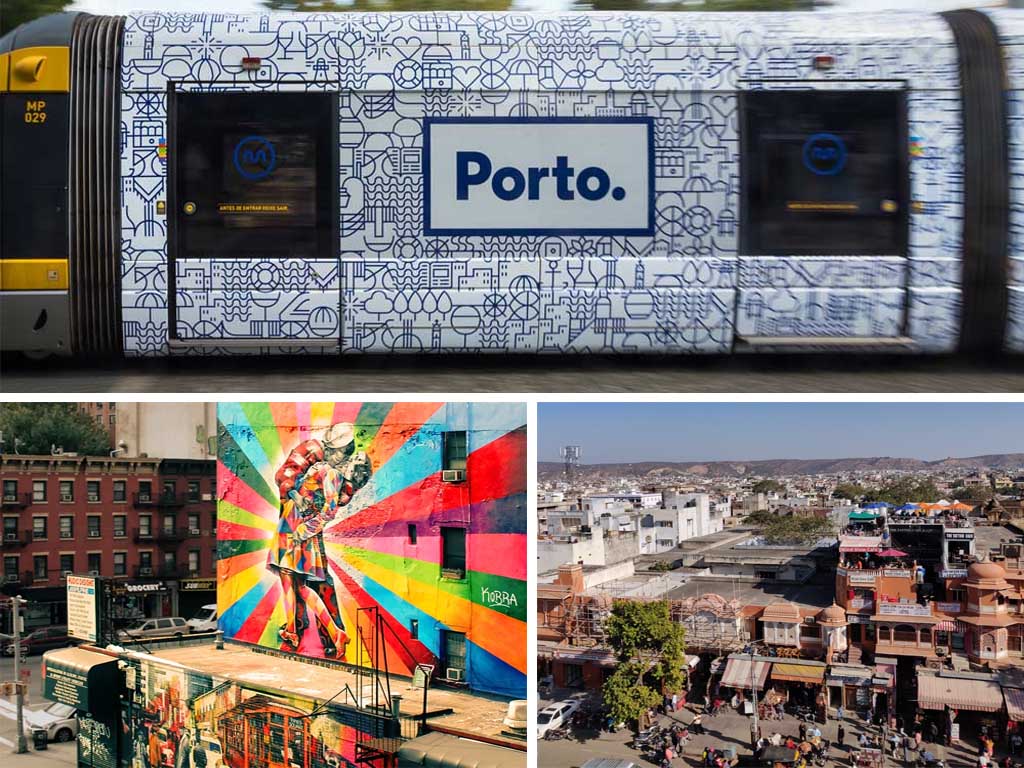
One may wonder about the necessity for Urban branding as the idea of a city lies in its elements and design. In actuality, a city is what it presents itself as to its visitors, residents, and other inhabitants. Often, the image of the city originates from cultural, economic, and other non-tangible elements it has to offer.
It is interesting to observe how the concept of city branding has become a novel way of urban communication allowing a spectrum of city marketing that defines itself based on ‘Less is More.’ Bringing to light the unique characteristic of the city, the process of urban branding establishes a Brand image through elements drawn from the visual image of the city.
Urban Planning To Urban Branding
What is the relevance of urban planning and design in the process of establishing the projected image of a city? The answer to this question comes down to understanding the parameters that define a good city brand. This lies in the design process and the utilitarian outcome of the same structure and the activity pattern and quality in that place. But it is not enough that the approach towards creating the visual projection of the location be restricted to only the physical or only the non-physical elements of the design. A coherent city image is a delicate balance between the two with a clear understanding of the intention behind the process of branding. For example, marketing city ‘A’ can lay its foundation in the need to draw tourists because of which greater focus is given to the cultural and visual themes. At the same time, if city ‘B’ wants to grow as an export and import capital, the branding image will focus on its economic aspects of it.
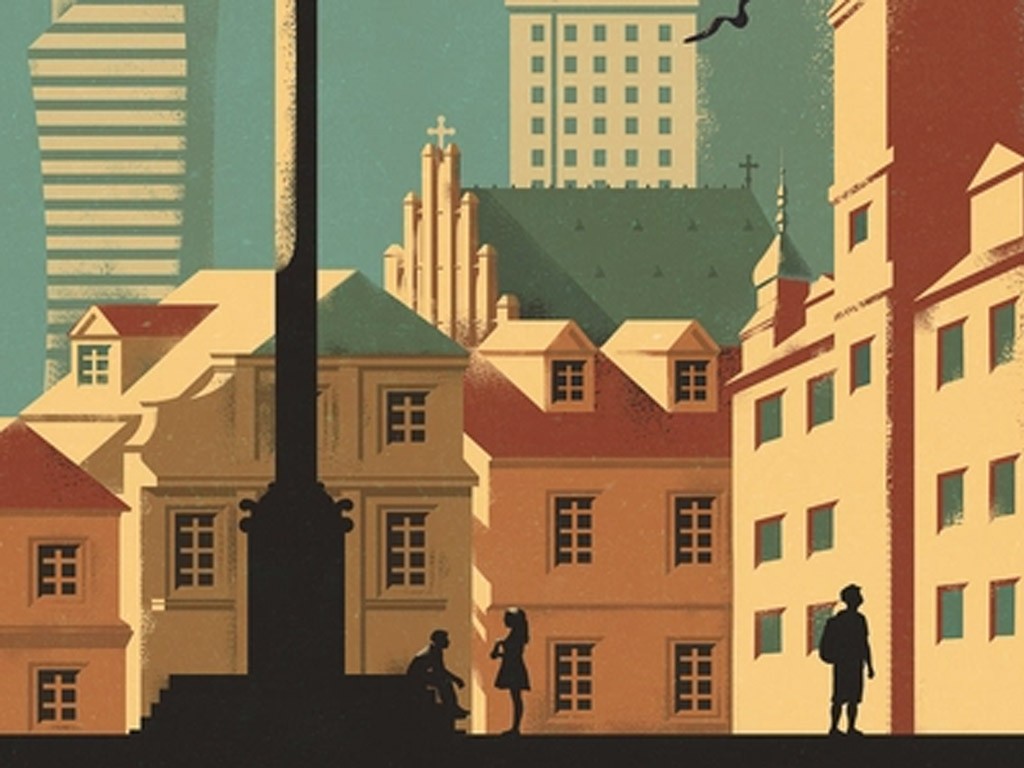
Achieving the Brand Image
It the necessity to have the outcome of outreach in mind to create the direction in which an urban space needs to be marketed. Amidst development, upcoming and ongoing urban projects, and existing development, the question mark places itself at a point where we begin to wonder if successful branding is possible in reality which set it apart from the others.
The result of the branding process largely depends on the perception of the design and utilitarian aspects of the city by the local municipal and government bodies. The competitive nature even at the local level can become the marketing spark that can draw people towards the purpose of the city through the local elements.
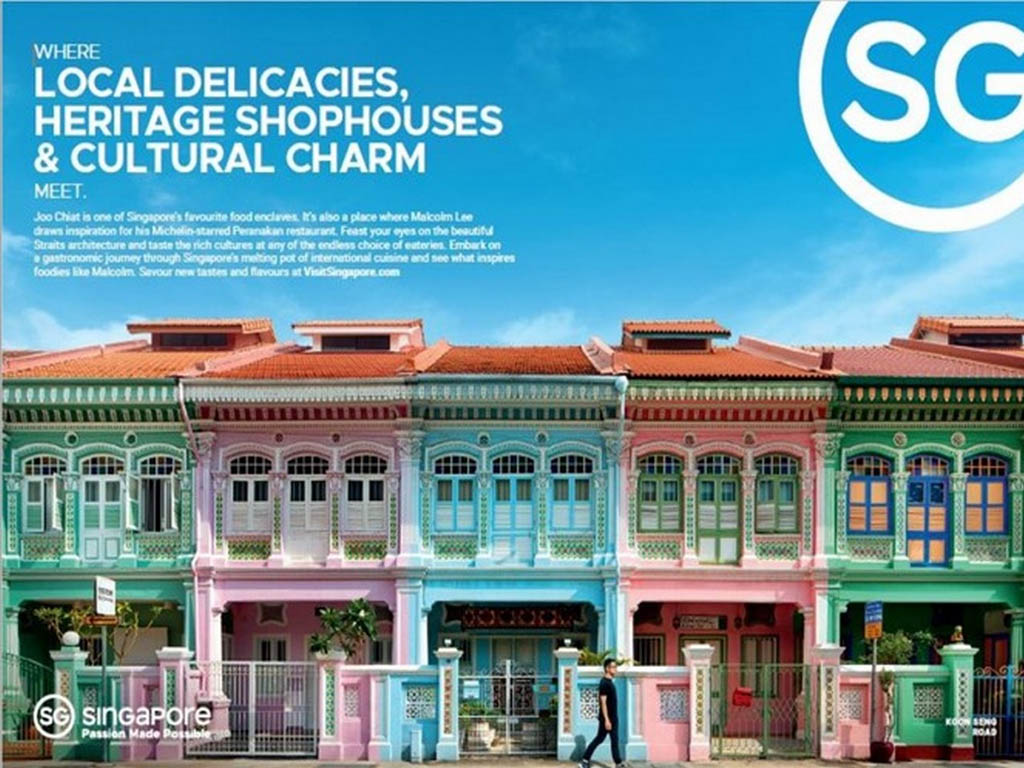
To establish an attractive urban city in terms of design and quality, it is essential to go beyond targeted marketing delving deeper into the historical background while integrating infrastructure, architecture, landscape, and economic parameters to establish an idea that projects itself to have a monetary value for the target. A thought-provoking feature observed while considering urban branding is the fact that it can become an effective tool in the current approach to creating and propagating the idea of sustainable city design and sustainable urban practices to have more fundamental thoughts for a future towards achieving the same.
Elements Of Urban Branding
1) History
The cities that stand tall and have been in existence for a long time have developed a rich history and culture. These cities have been the site of many events and have gained a lot of significance for them. Drawing from the thought process behind these elements can open up an avenue of marketing opportunities through traditional design thought, ideas, and processes.
2) Culture
The culture of a city is another factor that makes up its identity. The people, their habits, and the food they eat reflect the culture of the city. What eventually determines these elements of the city is how the spatial parameters allow its users to adapt to and shape themselves according to the same. A city as a design does not exist by itself. It is the users and the experience created in the same for them and by them that gives it its identity. Hence the crux of the culture-based brand image of the city lies in these factors.
3) Architecture
The buildings and structures of the city reflect the architecture of the place. The architecture of the city also includes the designs of the buildings. In its literal sense, architecture will make up the ‘visual image’ of the city. So the built environment is a projection of what the city wants its people to see in their day-to-day life or as a one-time wonder.
4) Climate
The weather of a city influences the way of life of the people living there. For example, the tropical climate in some parts of the world influences the lifestyle of people living there. This is often crucial in the case of giving the city a tourist brand. You have people from cold countries looking to escape the heat and vice versa. The accommodation of this element in the branding process can take on this target venture.
5) Economy
The source of income in a city influences the lifestyle of people living there. For example, farming is the primary economic activity in some parts of the world.
After listing the elements of urban branding, it is crucial to understand how to utilize these together to create the targeted brand image for the said urban setup
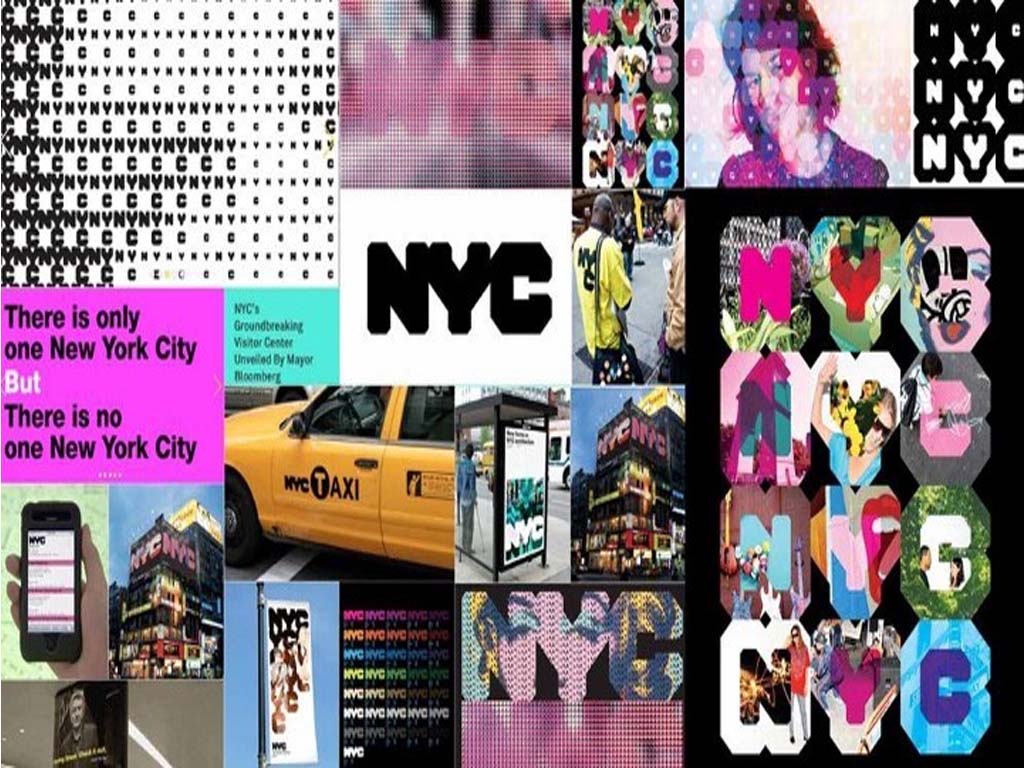
Weaving The Brand Image Of A City – What To Do?
The first step would be to understand the needs of the residents and visitors. This will help in developing the city in a way that addresses the needs of both groups of people.
While doing the same, it is also necessary that one builds on the existing gifts of the city. Every city has certain fortes. These strengths can be cultural, architectural, or anything else that may be relevant. These assets can be built upon to establish the brand of the city. But the process does not end with putting forward things as they exist. Developing a long-term vision for the city can go a long way in strengthening the right brand for the city. This long-term vision can be developed using the strengths of the city and the needs of the residents and visitors.
In the process and bringing together these elements, one must not forget the target and involve both the residents and visitors in the development of the city. This will help in creating a sense of belonging among both these groups by catering to the newcomer’s needs in a manner that is befitting for the locals. This will also help in creating a brand that resonates well with all categories of people. It is also necessary to ensure that the brand is consistent in all communications.
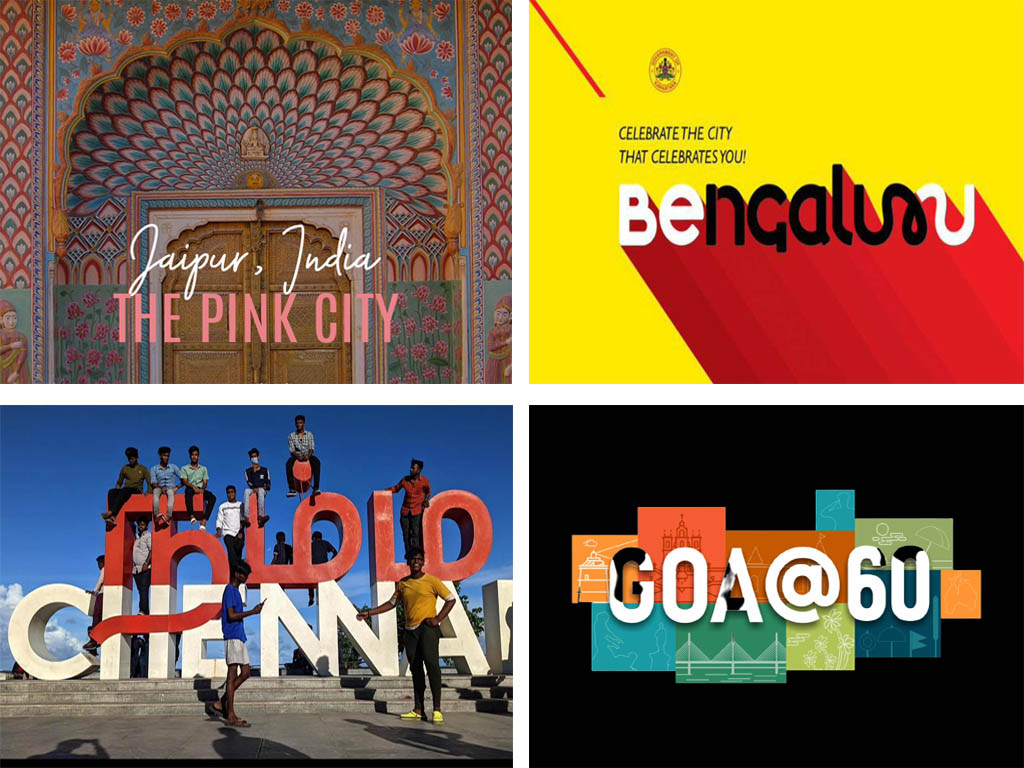
Consistency is a factor that allows for the formation of a strong base that the goal of the city design can build itself. By using the available data on design, elements, and cultures, it becomes easier to understand the brand of the city and hence market and communicate the same effectively and efficiently. This will help in measuring the current brand of the city and identifying areas where the brand needs to be improved.
The Visible City
Cities have personalities, quirks, and characteristics that come together to create a place that’s greater than the sum of its parts. These qualities help set a city apart from others and are often what makes it unique and appealing to residents, visitors and businesses. A city’s tagline helps potential residents, tourists and businesses identify what a city has to offer as more than just another city. The tagline should also be short enough so that it can be used in signage or printed on brochures when necessary.
A multitude of people around the world travel from one place to another for a wide variety of reasons ranging from wanting to escape and explore, understand, and experience. One bracket of the city’s target lies in this goal of tourism which has seen a drastic increase post-Covid with people wanting to catch up on their piled-up travel plans. There is another batch of people looking to achieve their educational and career goals by moving to places that can provide them with a pool of abundant opportunities. It is ideal to view the processes of urban planning and design through the eyes of these people to understand what image the same should project conceptually and figuratively to draw them towards the place as the final destination housing what they are looking for.
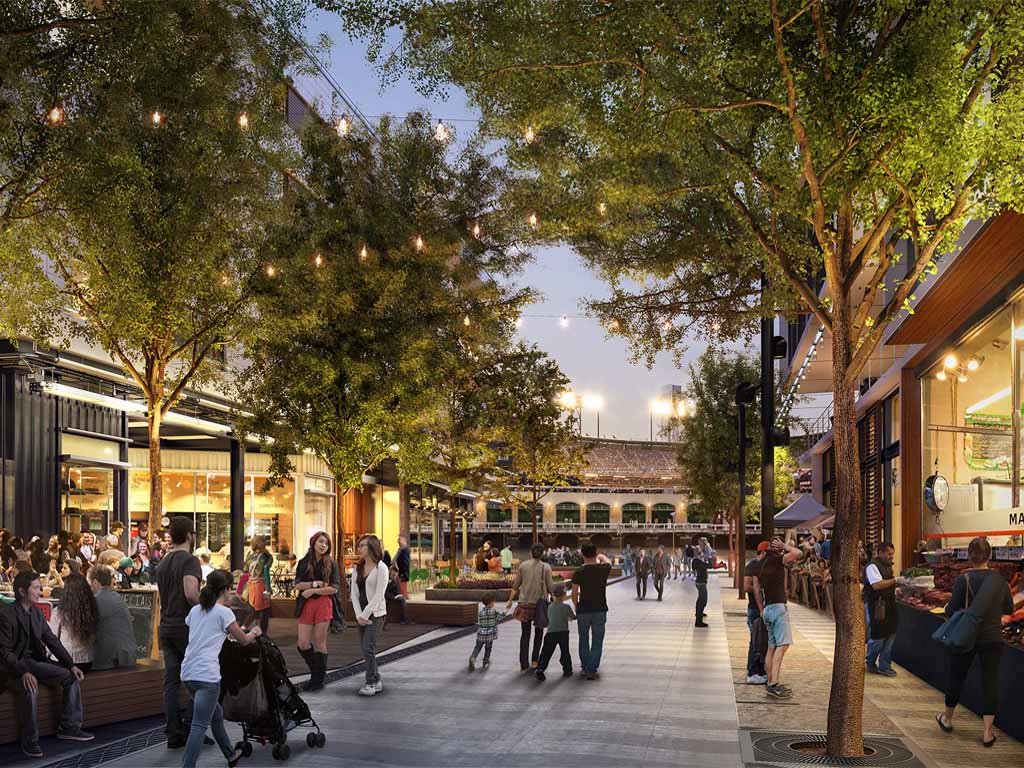
To create a visible image of the city, it is necessary to understand the vision of the city design, the comparative advantages, and the characteristics and features of the urban locality to arrive at in-depth analysis. This is because, while the branding process largely targets the migrating population, it is equally important to look at the impact and the consequences of the same on the local stakeholders, and residents.
Sustainable City – The Marketing Strategy
A sustainable urban image can be understood as a combination of three parts viz. the visual image, the urban setting, and the concept of sustainability which come together to make a whole. So to reach the outcome, it is necessary to understand each of these elements individually. In his book ‘Image of a City,’ the author Kevin Lynch describes the visible image as an entity created by tangible factors and existing elements. These can be streets, Landmarks, zones, nodes, and so on.
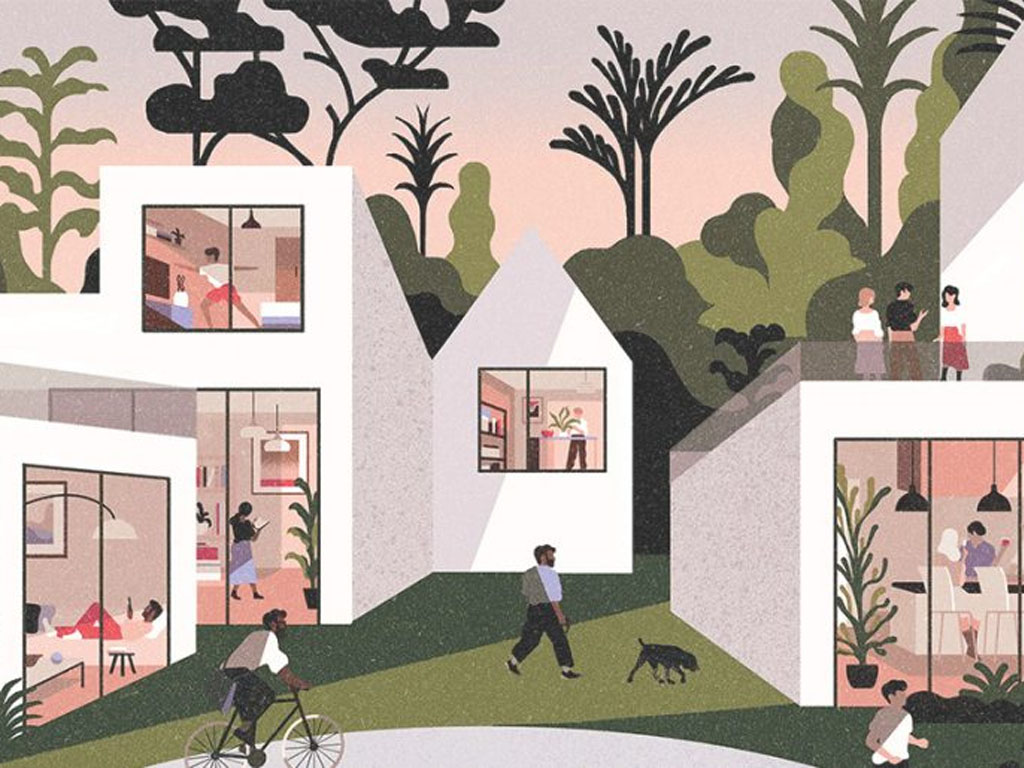
Coming to the second element, which is the urban setting, one may interpret the same contextually. The characteristics of the urban setting define the opportunity it holds both as a design and for utilitarian purposes. Taking it a step further, putting cultural, economic, and social elements in the mix can alter the character of the setting. For example, the integration of iconic historic elements combines with tradition as opposed to an expanse of modern structural designs with a technological outlook are two different brand avenues that can coexist in the same country.
Tossing in the third and final ingredient, sustainability. This is an element that allows the entirety to assume a shape in 3D by linking the tangible and non-tangible elements discussed under the visual image and urban setting. What exactly would that mean for the process of urban mapping and branding? The basic role of sustainability as a parameter is to view the existing scenario in a way that the requirements of the current generation are met without compromising the needs of the upcoming generations. Hence by linking the physical character of the city to the cultural and economic parameters, an overall sustainable image unfolds itself on this foundation.
The Challenges Of City Branding
City branding demands heavy investment. It is easier for a city that already has a high level of brand recognition to promote itself. However, for a city that does not have a high brand recognition level, it needs to invest a large amount of money for it to become well known. It is difficult to attract people to visit or move to a city. Many factors influence this decision. For example, demographic factors, economic factors, and environmental factors can influence the decision of people to visit a city or move to a city. It is also difficult to maintain the image of the city.
Once a place has established its brand, the same must be maintained. Once shattered, there will arise a need to start from scratch and it would be difficult to guarantee that the same may be as effective as the first attempt. It is difficult to balance the needs of the residents and visitors. Many times, the needs of the residents are overlooked when developing a city. such a scenario leads to a high level of discontent between the two groups making the overall target outcome null and void.
Tagline Of The Urban Framework
Creating a catchy tagline for your city is no easy feat. It’s no surprise that some cities struggle to find the perfect words to represent them. After all, how do you capture the essence of a place in just a few words? Not only that, but the tagline needs to be something potential visitors will remember and want to return to. Coming up with an ideal slogan can take time. There are so many factors to consider when choosing the right words – where does it appear? Is it going on merchandise like t-shirts or mugs? Is it something tourists will read online? The list goes on… Thinking of taglines for your city might seem like a simple task, but there’s more thought behind it than you might think!
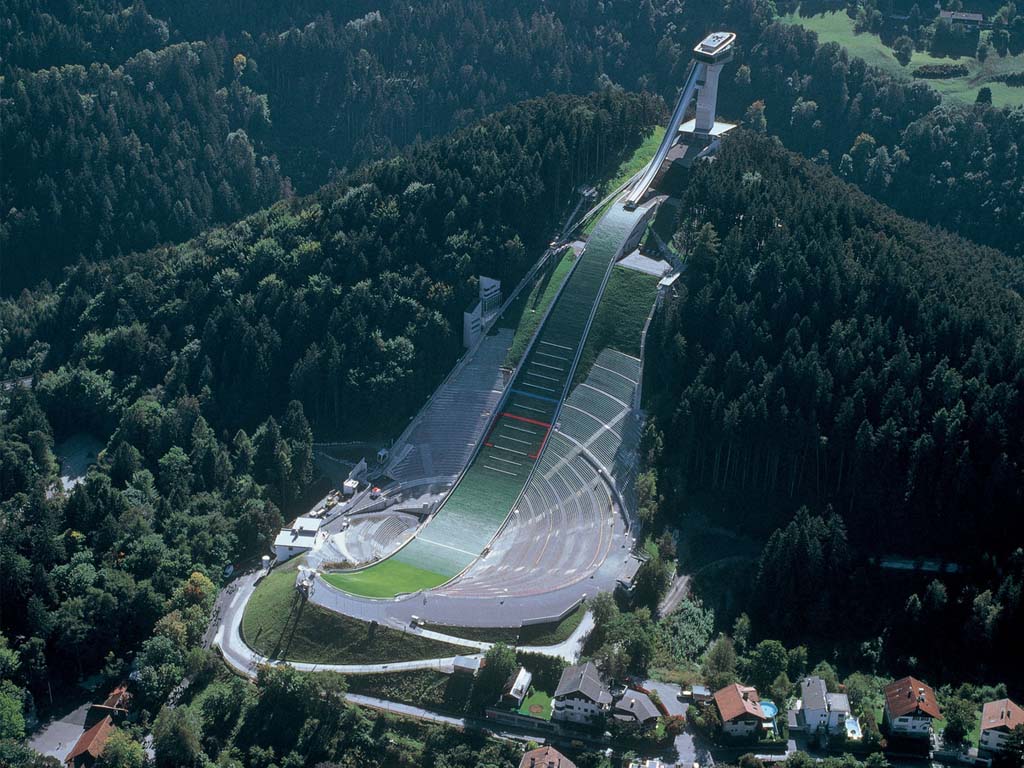
The concept of urban branding has evolved over the years and has transformed itself into a broader concept called ‘Urban Luxury’. As the world is gradually moving toward customer-centricity, the focus is now on creating an experience to deliver the intended message and to achieve this process come urban planners and designers. This is because, in today’s world, people do not need words and promises, but they want ‘experiences’. Even though the concept is new, it is expected to allow a drastic change in the outlook towards the projection of a city image.
References
Avaliani, N. (n.d.). City Poster. Retrieved from Dribble: https://dribbble.com/shots/18806126-City-Poster
Guler, E. G. (2016). The Role of Local Governments. In E. G. Guler. Turkey: IGI Global.
Hall, K. (2017, March 17). 4 Important Things to Consider When Designing Streets For People, Not Just Cars. Retrieved from ArchDaily: https://www.archdaily.com/867390/4-important-things-to-consider-when-designing-streets-for-people-not-just-cars
Jhunjhunwala, J. (n.d.). The role of architecture in city branding. Retrieved from Rethingking the Future: https://www.re-thinkingthefuture.com/city-and-architecture/a2437-the-role-of-architecture-in-city-branding/
Karavazaki, S. (2013). Visible Cities: The Role of Place Branding for a Sustainable Urban Development in European Cities at a Time of Crisis: A Case Study. Uppsala: Uppsala University, Department of Earth Sciences.
Koserwal, A. (2021, August 11). The ‘6 Ws’ of City Brand Development. Retrieved from Urban Innovation Lab: https://www.innovateurban.com/post/the-6-ws-of-city-brand-development
Peketi, T. (n.d.). 10 Ways To Design More Sustainable Cities. Retrieved from Rethinking the Future: https://www.re-thinkingthefuture.com/rtf-fresh-perspectives/a1063-10-ways-to-design-more-sustainable-cities/
Rahmanto, A. (2015). CITY BRANDING: A GOVERNMENT COMMUNICATION MODEL IN MARKETING LOCAL POTENTIAL IN CENTRAL JAVA. Indonasia: Fakultas Ekonomi Universitas Negeri Malang.
Rehan, R. M. (2014). Urban branding as an effective sustainability tool in urban development. HBRC Journal, 222-230.
Architect graduated with a Bachelor’s in Architecture from the University of Mumbai. Inquisitive about Universal design Strategies and accessible design she is interested in reading about upcoming design strategies and human experience in the design process.
Related articles


Architecture Professional Degree Delisting: Explained

Periodic Table for Urban Design and Planning Elements


History of Urban Planning in India
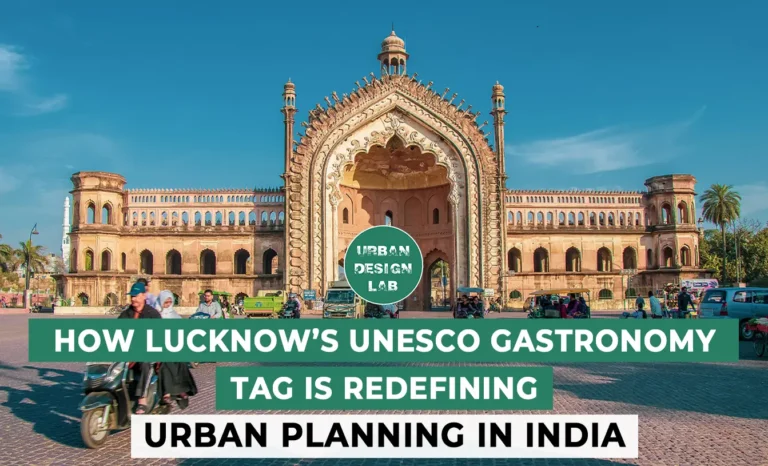
UDL Illustrator
Masterclass
Visualising Urban and Architecture Diagrams
Session Dates
17th-18th January 2026

Urban Design Lab
Be the part of our Network
Stay updated on workshops, design tools, and calls for collaboration
Curating the best graduate thesis project globally!

Free E-Book
From thesis to Portfolio
A Guide to Convert Academic Work into a Professional Portfolio”
Recent Posts
- Article Posted:
- Article Posted:
- Article Posted:
- Article Posted:
- Article Posted:
- Article Posted:
- Article Posted:
- Article Posted:
- Article Posted:
- Article Posted:
- Article Posted:
- Article Posted:
Sign up for our Newsletter
“Let’s explore the new avenues of Urban environment together “


























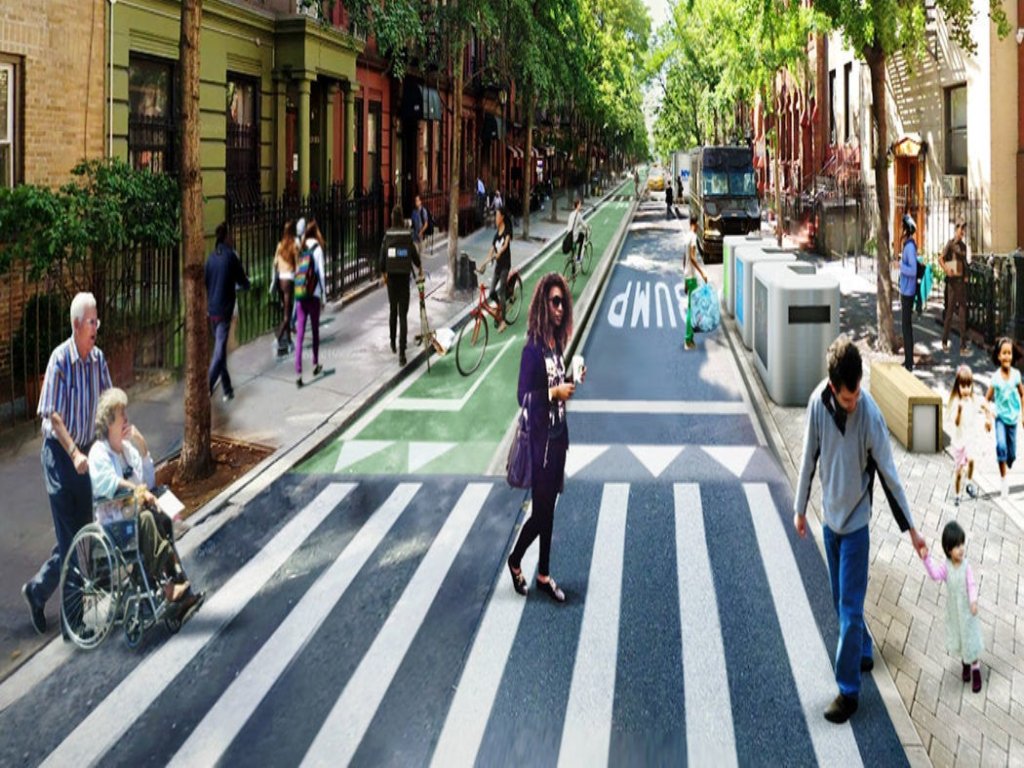
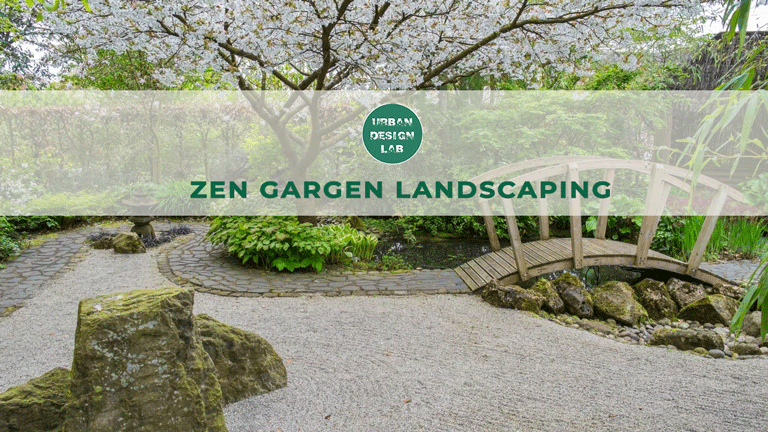
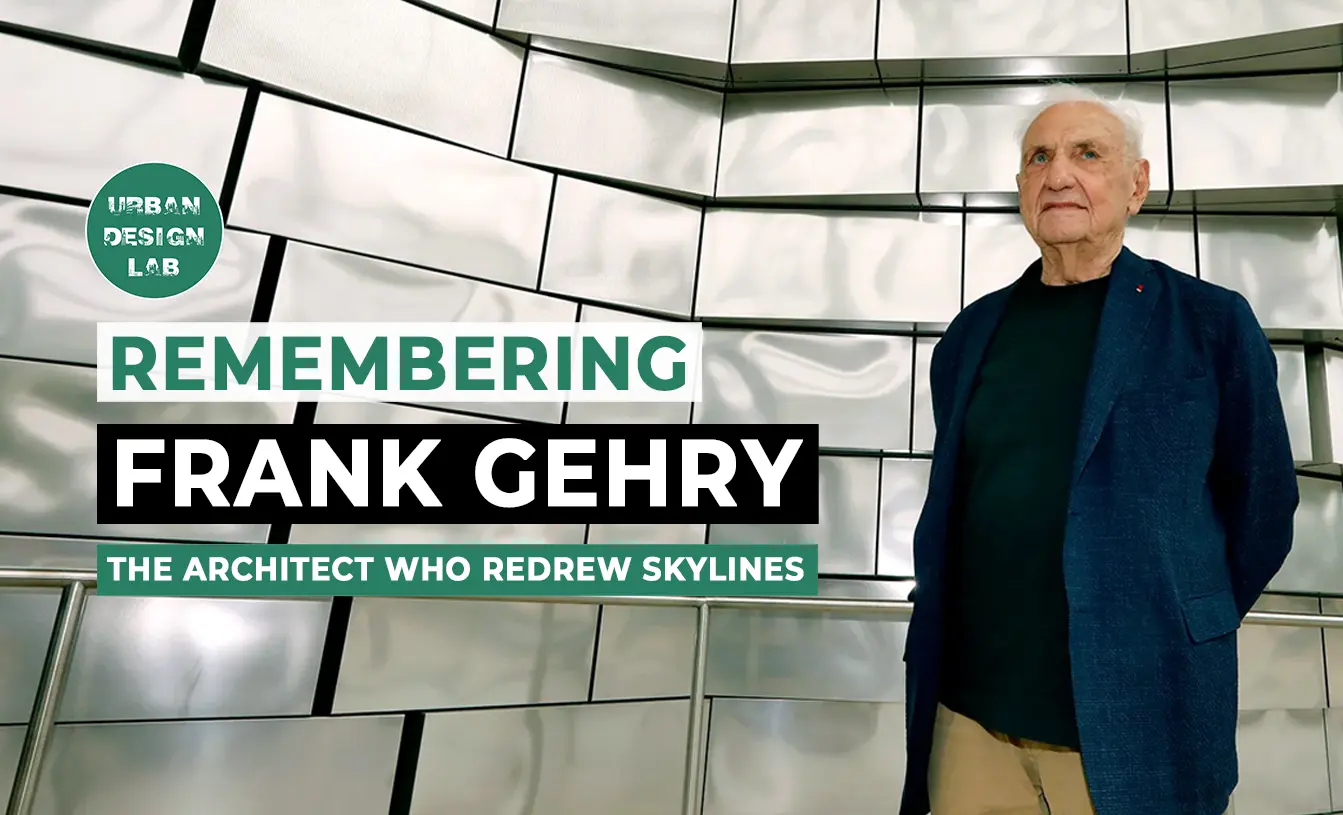

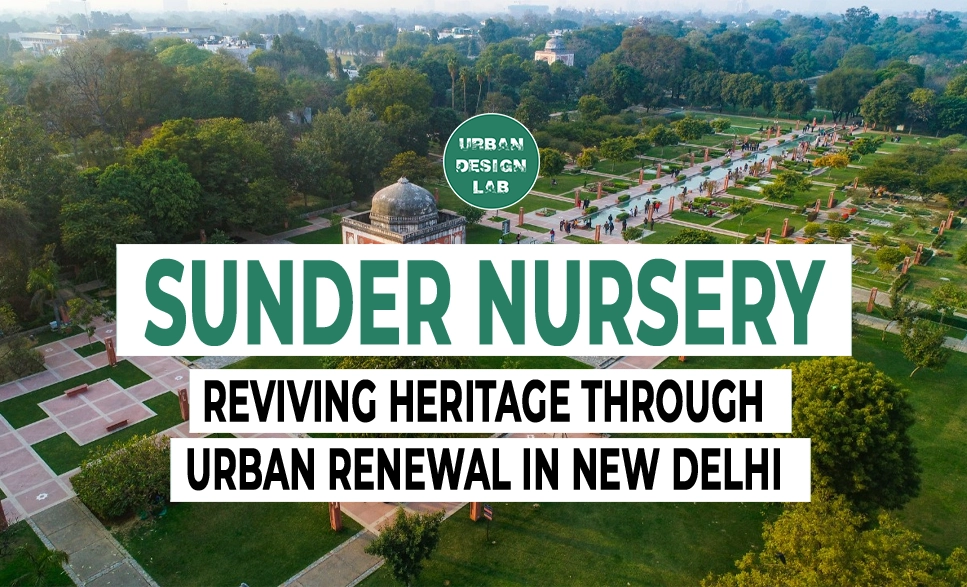
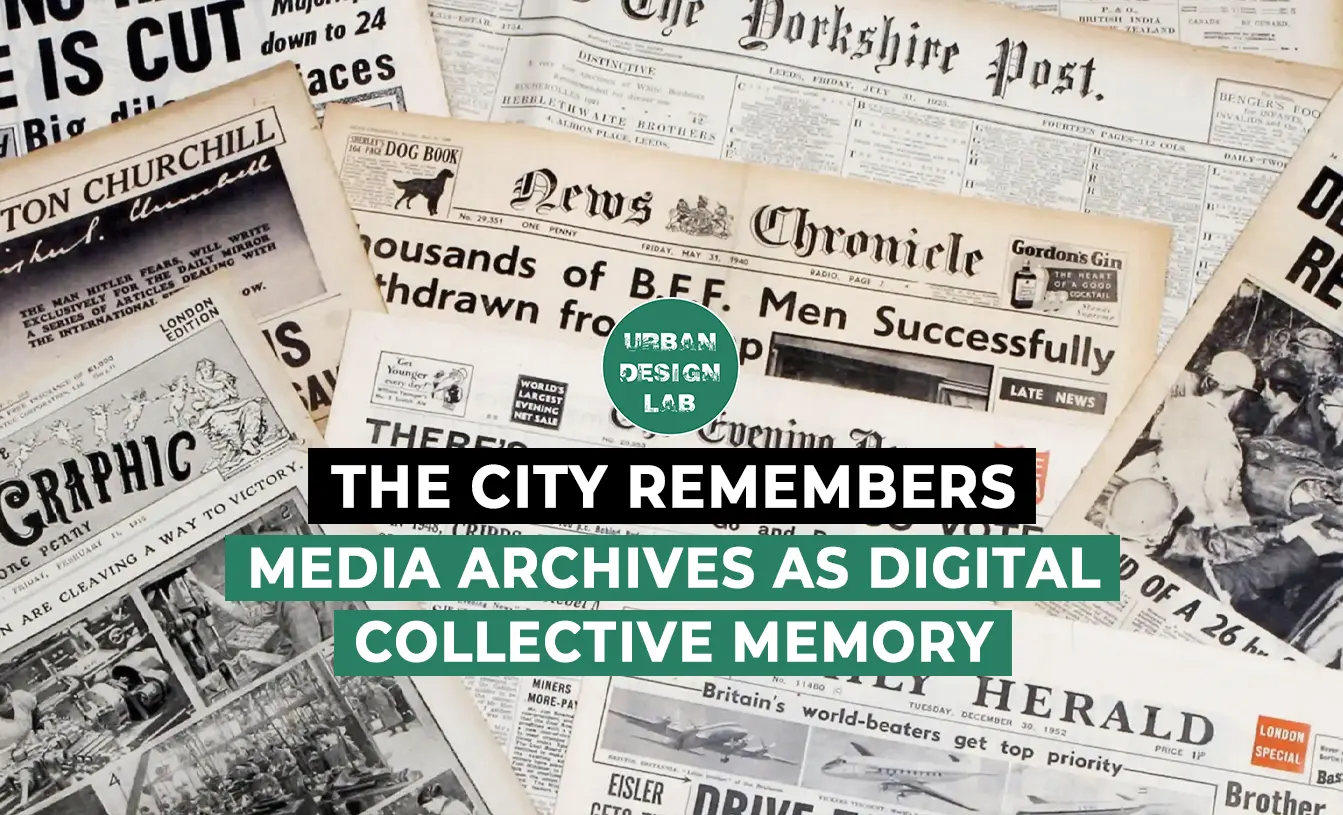
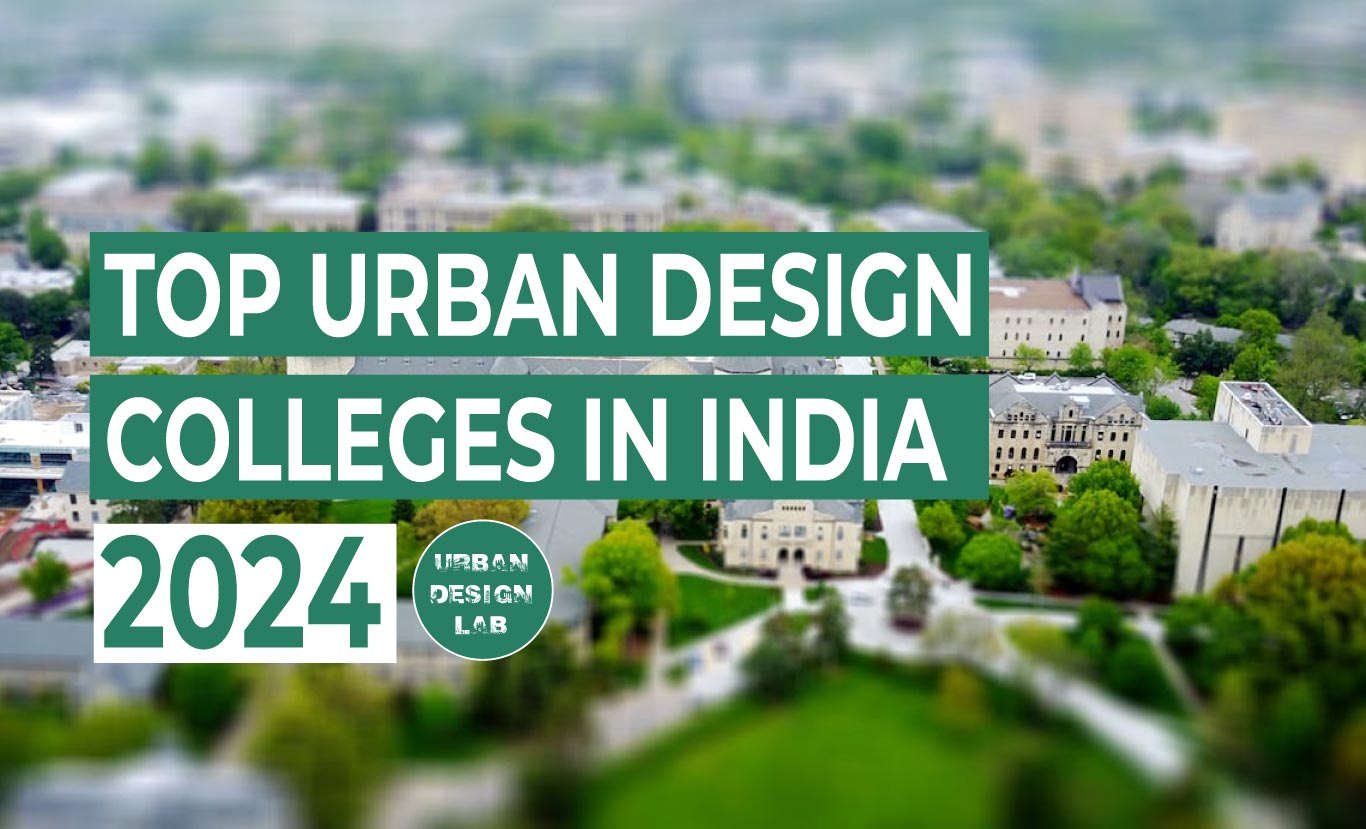

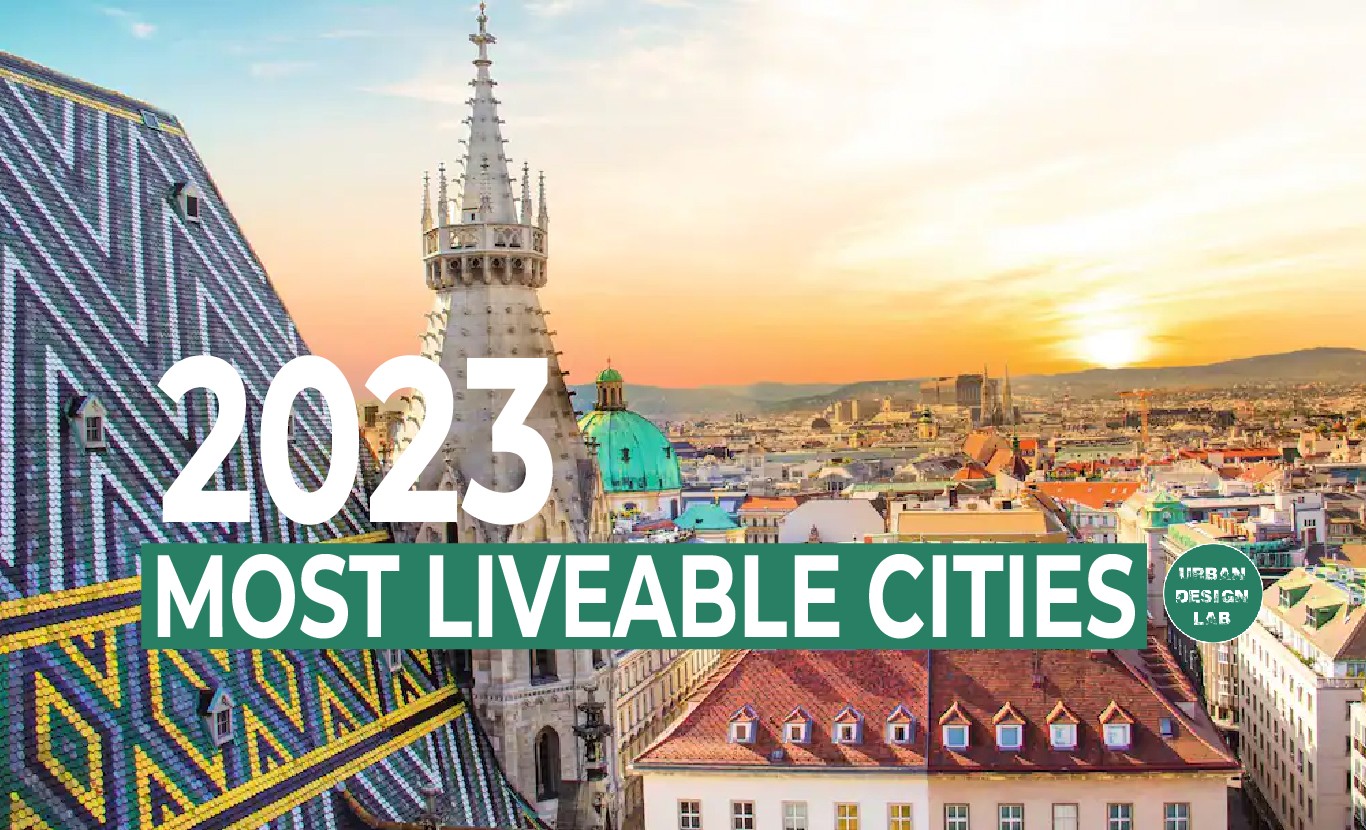

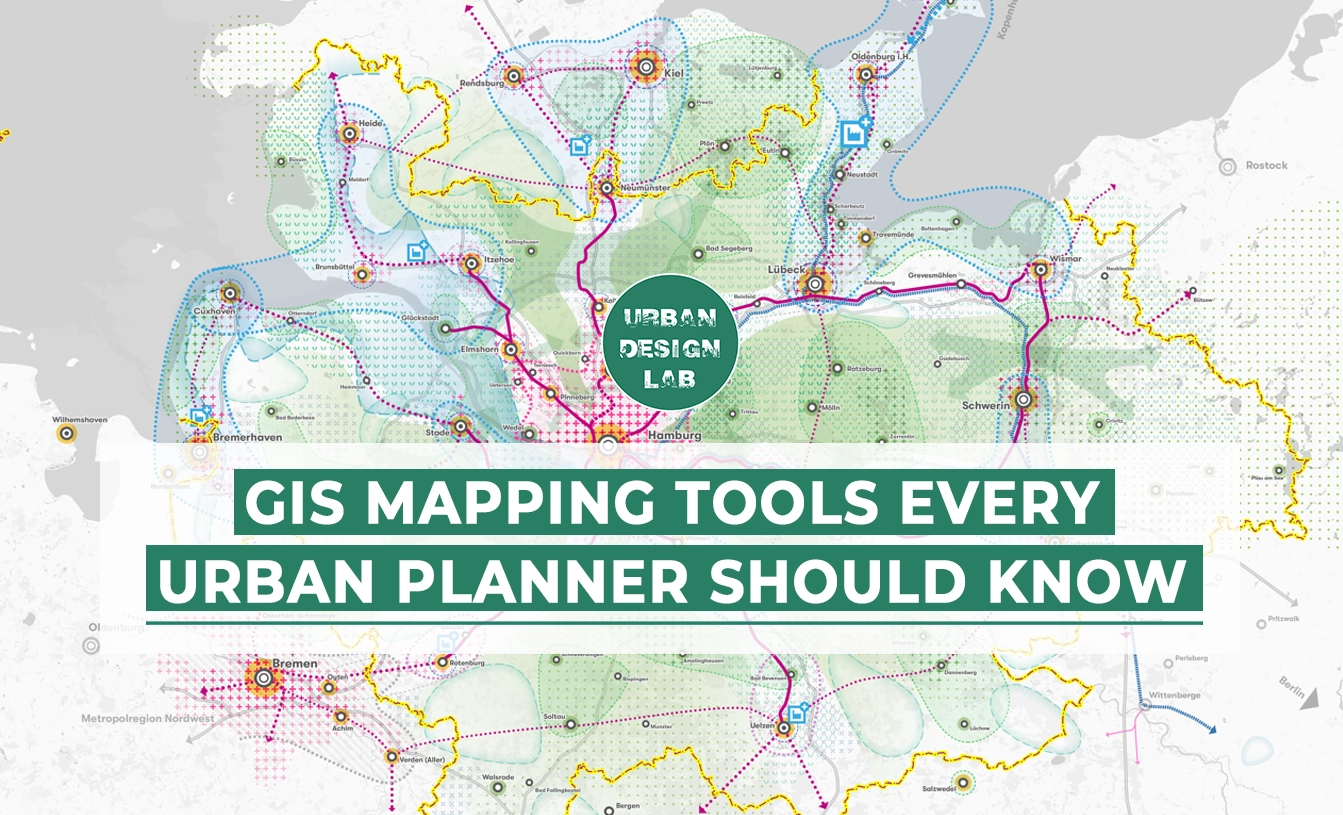
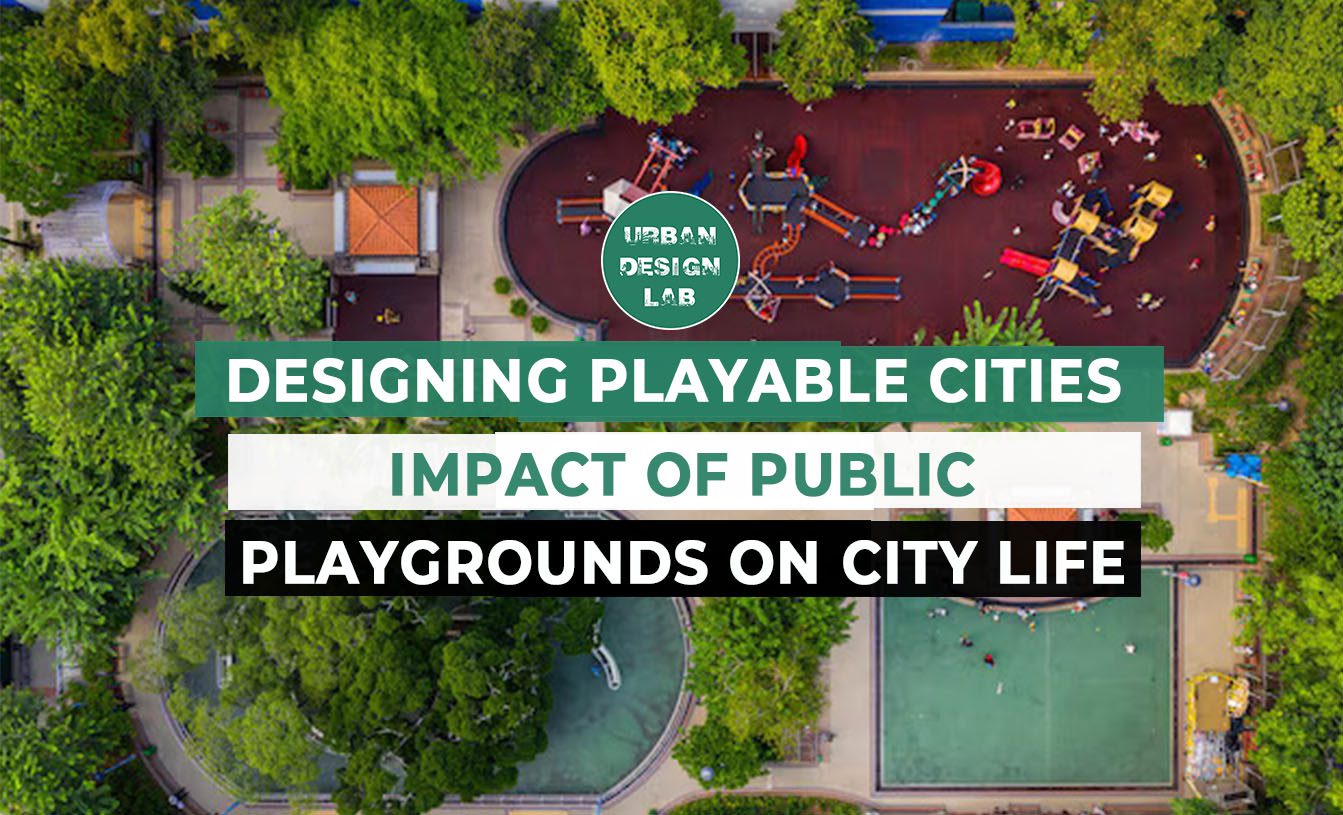


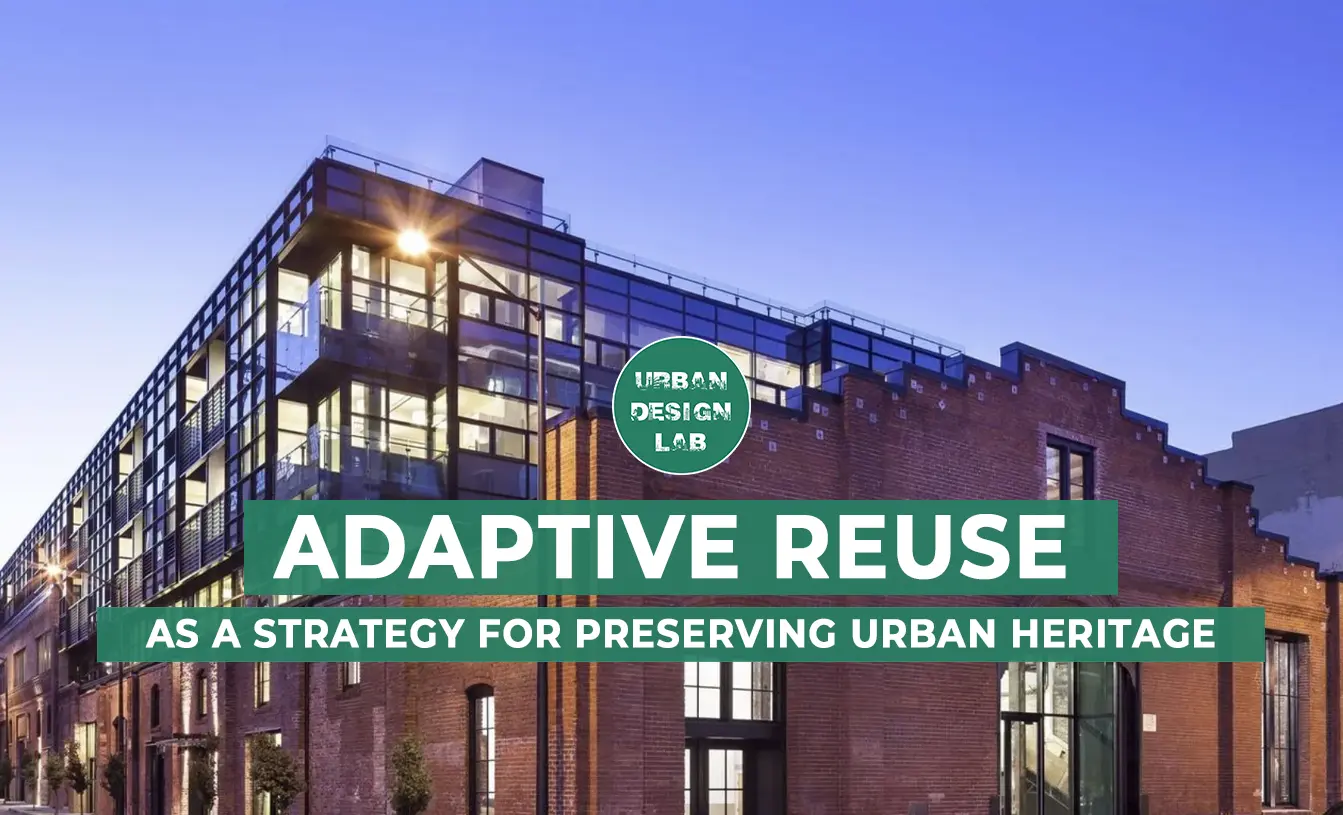



One Comment